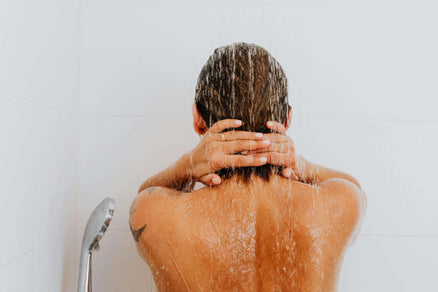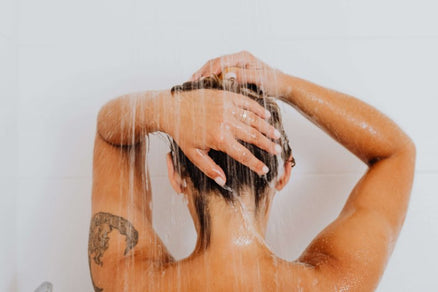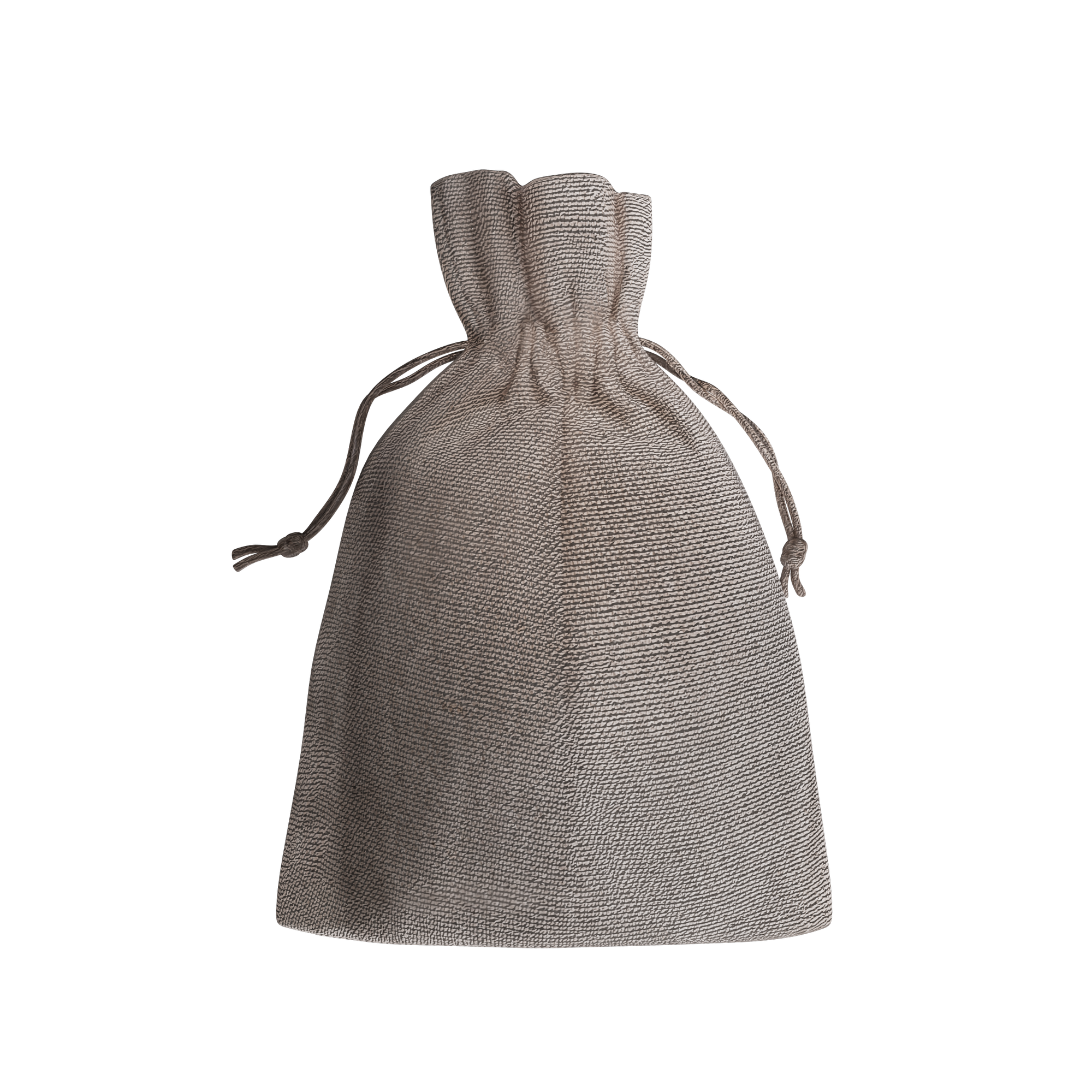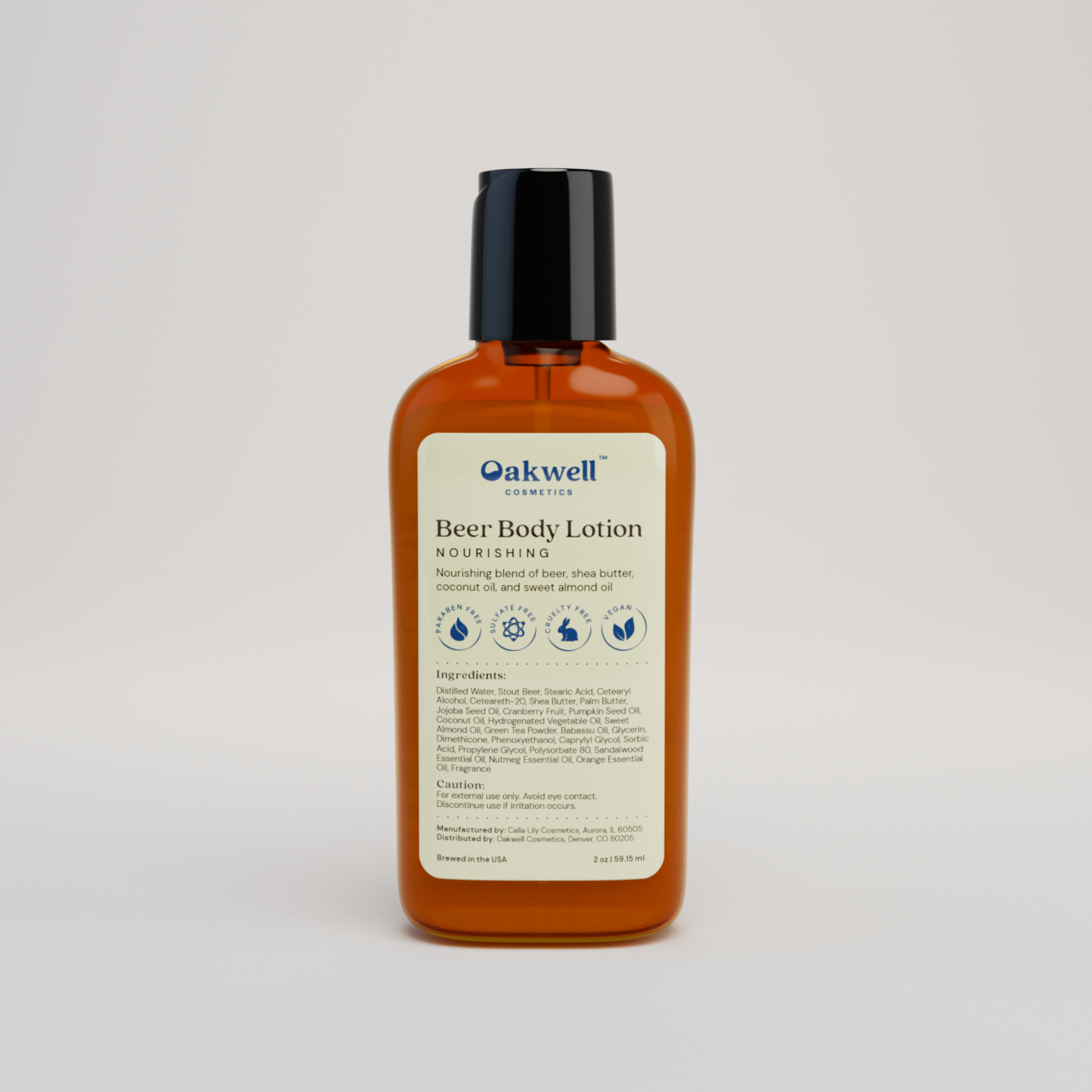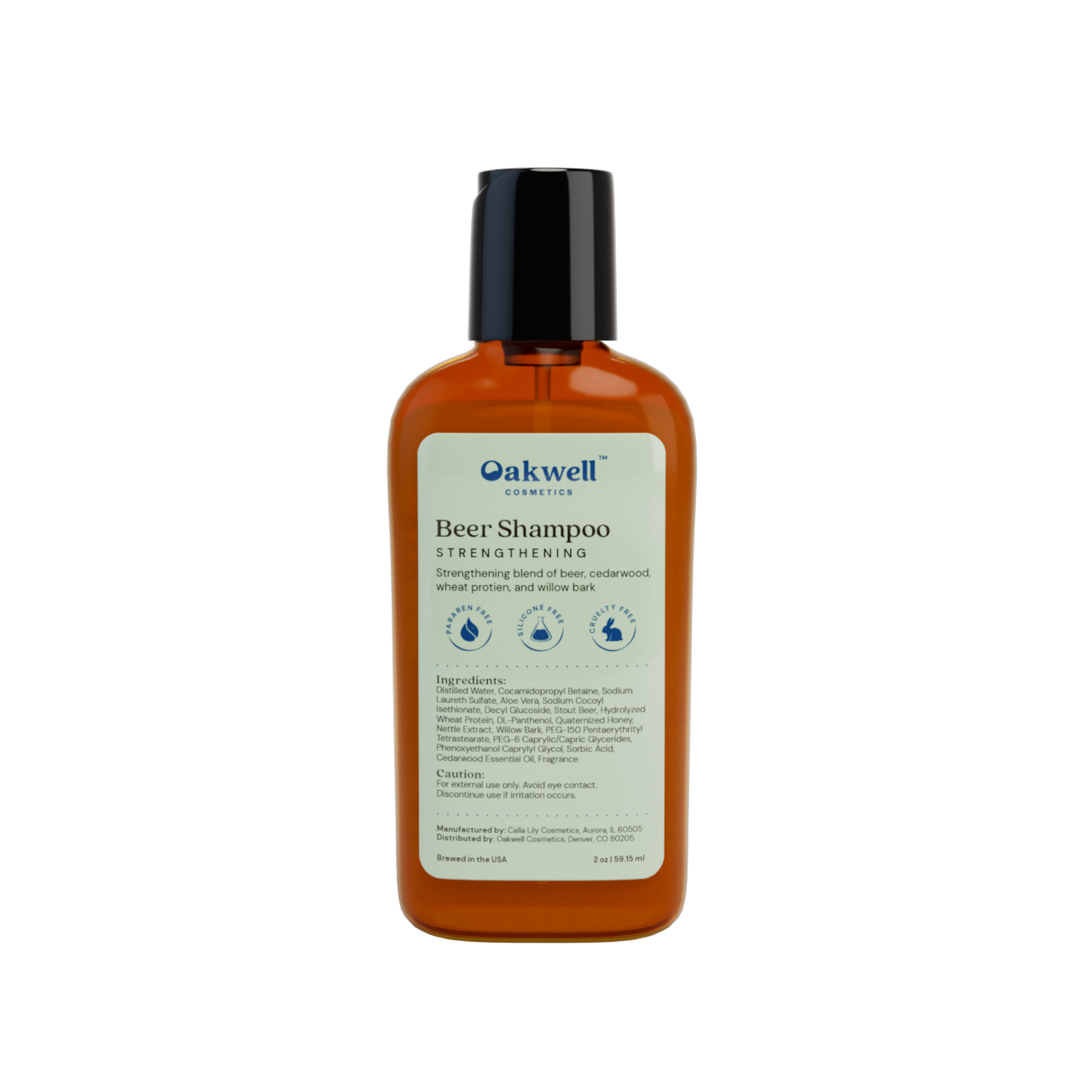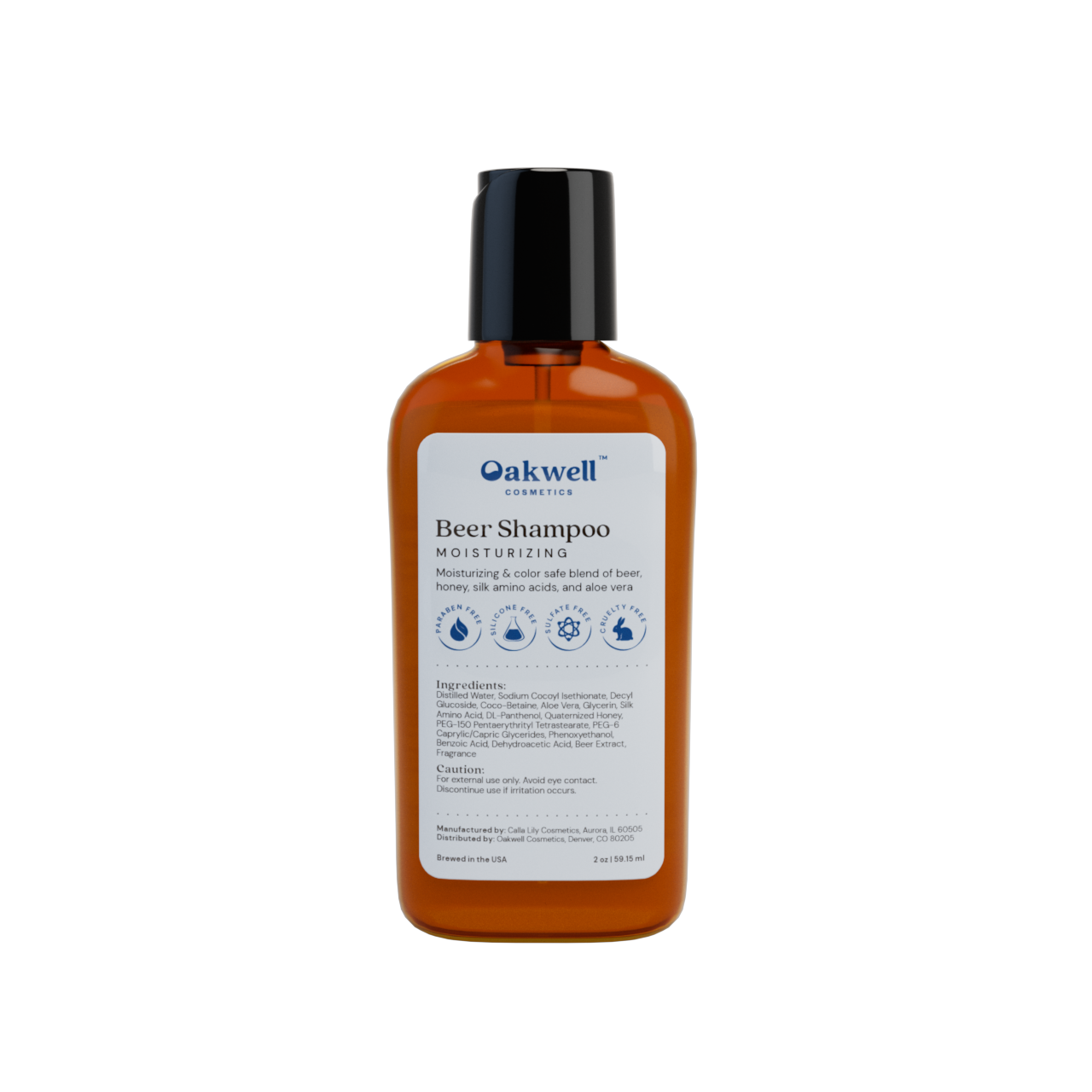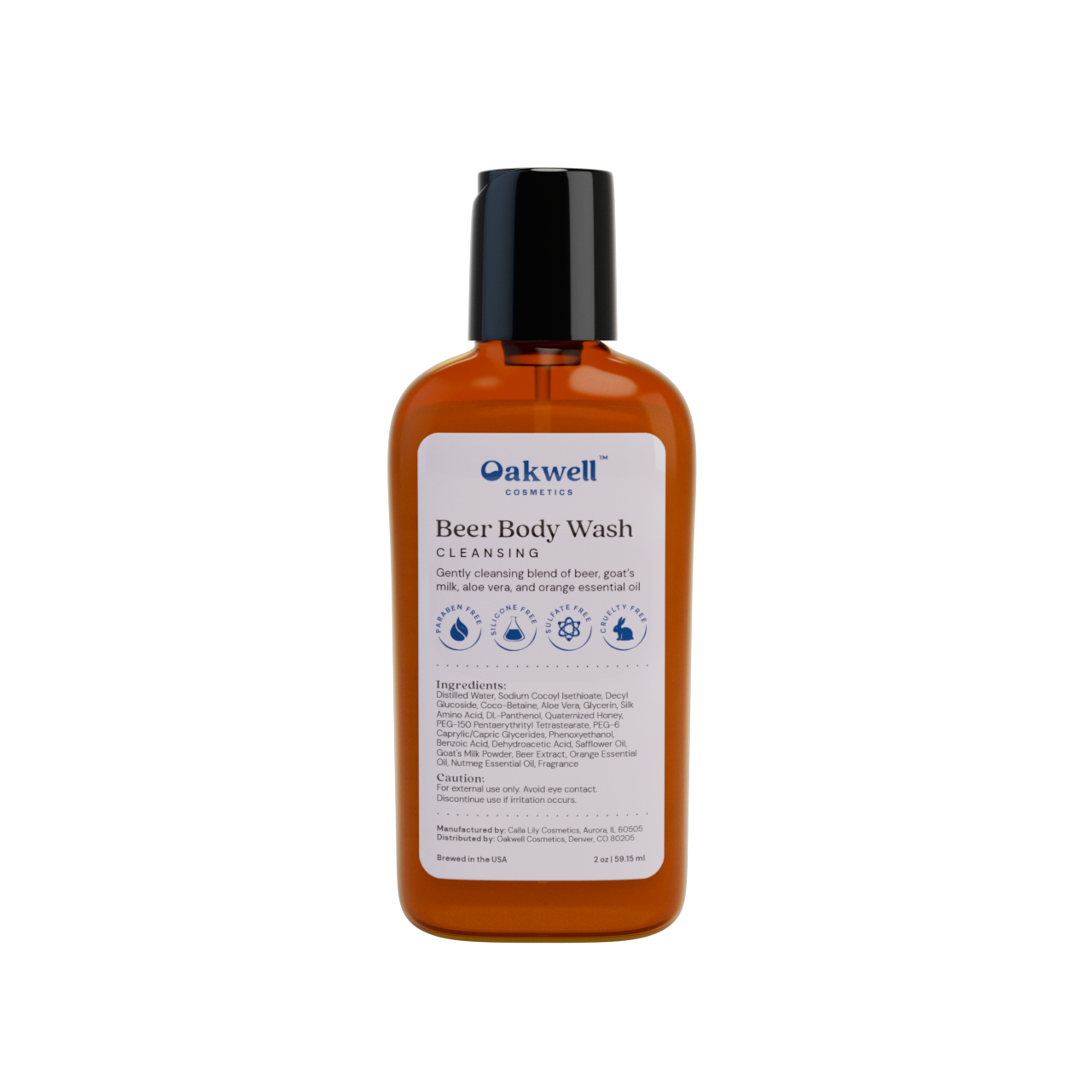Why is my hair so dry? & Helpful Hydration Tips

If you’re wondering, why is my hair so dry, you’re in the right place. Dry hair can feel rough, frizzy, and lifeless, leaving you frustrated with your hair care routine. The good news is that there are practical ways to hydrate and restore hair health.
Melissa Souza, hairstylist and owner of Styled x Melissa, explains that the first step is understanding what’s causing the dryness, whether it’s lifestyle habits, styling choices, or natural texture. Then, you can adjust daily habits and protect your strands from further dryness. While many people struggle with dull and dry hair, simple changes to your hair care routine can promote manageability and shine.
In this article, we’ll explore common dry hair causes, how to spot the signs, and practical hydration strategies so you can feel confident and love how your hair looks and feels every day.
What are the signs of dry hair?
According to Souza, common signs of dry hair include:
- Frizz
- Flyaways
- Split ends
- Dullness
- A brittle or rough texture
Dry Hair Causes
Souza discusses the following causes of dry hair and helpful tips for keeping hair hydrated.
Washing Hair Too Often
Frequent washing strips away the natural oils that keep your hair hydrated, leaving strands prone to dryness and breakage. Over time, this can make hair feel dry and dull.
To restore balance, limit wash days to two or three times a week and use a sulfate-free, moisturizing shampoo, like Oakwell Cosmetics.

Weather & Environmental Conditions
Sun exposure, wind, and dry air can all pull moisture from the hair shaft, leaving your hair brittle and frizzy. Seasonal changes and climate also influence how dry your hair feels. For example, hot weather can make your hair feel dehydrated and more prone to breakage.
Souza recommends styles like low ponytails or braids, silk scarves, and leave-in conditioners to protect hair from environmental damage and help keep it hydrated throughout the day.
Hair Products
Using the wrong products or letting buildup accumulate can block moisture from penetrating the hair. Ingredients like heavy silicones, alcohols, or certain styling products can weigh hair down and make it feel dry.
Remove build-up and replenish moisture by incorporating a monthly clarifying shampoo and hydrating formulas suited to your hair texture. Souza suggests focusing on products designed to nourish rather than just style hair.
Age
As we age, oil production naturally decreases, which can make hair feel drier. Some hair types, particularly those with curly and coily textures, are also prone to dryness due to their natural structure.
A moisturizing conditioner, hair mask, and moisture-layering routines (like the LOC method: leave-in, oil, cream) can help replenish lost hydration and maintain softness.
Genetics
Genetics also influence hair texture and moisture levels. Some people are naturally predisposed to dry hair regardless of your haircare habits.
Understanding your hair type and choosing products that support its unique needs is key. Regular moisturizing and protective routines can help reduce the effects of naturally dry hair.
Heat Styling Tools
Regularly using flat irons, curling wands, and blow dryers can compromise the hair cuticle, making it more porous and prone to dryness. High heat can strip hair of moisture and lead to split ends.
To reduce damage and maintain hydration, use heat protectant sprays, lower tool temperatures, and balance styling with deep-conditioning treatments.
Chemical Treatments
Coloring, relaxing, and perming hair can all weaken the hair shaft, leaving it dry and more prone to breakage. This is because these chemical processes change the hair’s natural moisture balance.
To maintain your hair’s strength and softness, try protein treatments and hydrating masks.

A Helpful Dry Hair Routine
A consistent haircare routine can help address dryness and maintain hydration:
- Hair oil: Although oil doesn’t add moisture on its own, it locks in hydration by creating a protective barrier. Apply hair oil to damp hair one to three times weekly, and leave for at least 30 minutes before washing out.
- Hair mask: A hair mask offers concentrated hydration and nutrients that go deeper than regular conditioner, helping restore softness, smoothness, and shine. Use one to three times weekly, depending on how dry your hair is.
- Moisturizing shampoo & conditioner: Using a shampoo and conditioner specifically designed to moisturize helps reduce dryness and leave hair feeling healthy and soft.
Why is my hair so dry? FAQs
Make the most of your dry hair routine with answers to common questions below.
Why does my hair feel like straw?
Souza explains that your hair might like straw because of a loss of hydration and natural oils, which leaves the cuticle rough and brittle. The good news is that the right hair care routine can help replenish moisture and smoothness, transforming dull, coarse strands into soft, silky locks.
Can stress cause dry hair?
When stress affects hormone levels, it can affect oil production and your hair’s overall health. According to the American Academy of Dermatology, stress can also make hair more prone to shedding and dullness.
What does unhealthy hair look like?
Unhealthy hair might be frizzy, have split ends, and lack a natural shine. If your hair consistently feels brittle or dry, it may need extra moisture.
How do you hydrate dry hair?
To hydrate dry hair, incorporate a hair care routine that includes moisturizing shampoo and conditioner, deep-conditioning masks, and hair oil. Protective styles and reducing heat and chemical treatments also help retain moisture and restore softness.
Why is my hair so dry? Conclusion
Understanding why your hair is dry is the first step to improving its health and appearance. By identifying the causes, from environmental factors to product choices, and implementing a consistent dry hair routine, you can promote hydrating, shiny hair.
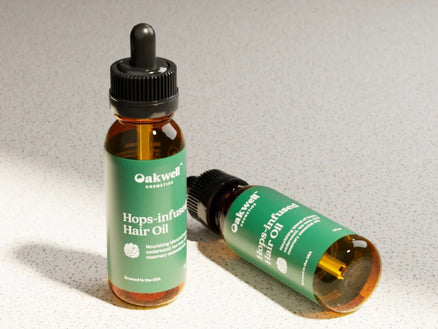
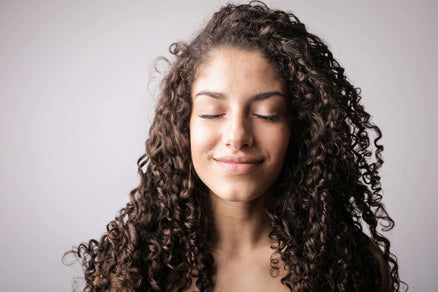
Become a part of our community and be the first to learn all there is to know about Oakwell
